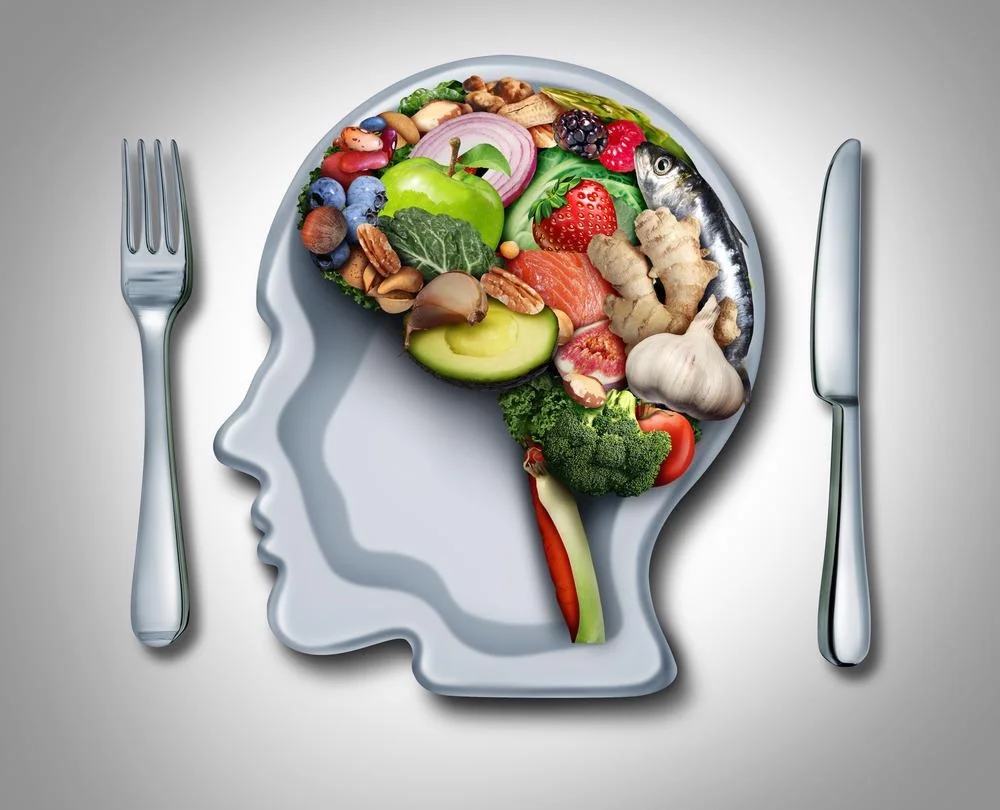
Introduction to the Psychology of Food
Food is more than just fuel for our bodies; it’s a complex interplay of culture, emotions, and psychology. Have you ever wondered why certain foods bring back memories or why comfort eating feels so good? The choices we make at the dining table often reflect deeper psychological patterns shaped by our upbringing, experiences, and even societal influences.
Understanding the psychology of food can unlock insights into our habits and preferences. From the cultural elements that guide what we eat to how advertising impacts our cravings, each bite tells a story about who we are. Dive with us as we explore this fascinating relationship between food and psychology—it’s time to unravel why we eat what we eat!
The Role of Culture in Our Food Choices
Culture shapes our food choices in profound ways. From family traditions to religious practices, the meals we enjoy often reflect our heritage.
In many cultures, specific foods are associated with festivals and celebrations. Think of Thanksgiving turkey or Diwali sweets. These dishes carry stories and memories that bind families together.
Regional ingredients also play a crucial role. The availability of certain foods influences local cuisine, creating distinctive flavors unique to geographic areas.
Beyond taste, culture instills values around sharing meals and hospitality. This sense of community impacts not just what we eat but how we connect with others during mealtime.
Social norms guide preferences too; some cultures celebrate plant-based diets while others prioritize meat consumption as a sign of wealth or status.
Understanding these cultural influences can enhance our appreciation for diverse cuisines and encourage exploratory eating habits beyond personal comfort zones.
How Emotions Affect Our Eating Habits
Emotions play a pivotal role in our food choices. When we experience stress, sadness, or even joy, many of us turn to food for comfort or celebration. This connection can create patterns that become habits over time.
Think about it: how often do you reach for ice cream after a tough day? It’s not just about hunger; it’s about seeking solace. On the flip side, joyful occasions often lead to indulgent meals shared with friends and family.
These emotional eating patterns can sometimes overshadow physical needs. By recognizing when emotions drive our cravings, we can begin to untangle those deep-rooted habits. It’s essential to identify triggers and explore healthier alternatives rather than reaching for that familiar snack.
Awareness is key in reshaping our relationship with food and understanding its psychological ties will empower better choices moving forward.
The Influence of Advertising and Marketing on Food Preferences
Advertising and marketing play a significant role in shaping our food preferences. Every day, we are bombarded with images and messages designed to entice us. Bright colors, appealing packaging, and tantalizing descriptions create an irresistible allure.
These tactics tap into our emotions, often associating food with happiness or comfort. Fast-food chains utilize catchy slogans that stick in our minds long after we’ve seen them. This repetition reinforces cravings and influences choices at the grocery store.
Social media amplifies this effect. Influencers showcase trendy foods, creating a desire for products that may not have been on our radar before. The visual aspect of platforms like Instagram makes certain dishes seem more desirable than others.
Through clever strategies, brands can manipulate perceptions of healthiness or indulgence. We might choose one snack over another based purely on its advertisement rather than nutritional value or personal taste preferences.
Unhealthy Eating Habits and Their Psychological Triggers
Unhealthy eating habits often stem from deeper psychological triggers. Stress is a significant factor; many people turn to comfort foods during tough times. These choices provide temporary relief but can lead to long-term health issues.
Boredom also plays a role in our food decisions. When we lack stimulation, snacking becomes an easy escape. Mindless munching on chips or sweets fills the void, albeit briefly.
Social situations can further complicate our relationship with food. Peer pressure may encourage indulgence in unhealthy options, even when we are not hungry.
Additionally, emotional states greatly influence what we crave. Sadness might draw us toward sugary treats for instant gratification, while anger could result in impulsive overeating as a coping mechanism.
Recognizing these triggers is crucial for making healthier choices and breaking free from negative patterns surrounding food.
Strategies for Mindful and Intuitive Eating
Mindful eating invites you to slow down and savor each bite. Focus on the aroma, texture, and flavor of your food. This simple practice helps reconnect you with your body’s hunger signals.
Try sitting at a table without distractions. Turn off screens and engage fully with your meal. Pay attention to how different foods make you feel—both physically and emotionally.
Intuitive eating encourages listening to your body’s cues. Trust yourself when deciding what to eat. If you’re hungry, eat; if you’re full, stop.
Experiment with portion sizes that feel right for you rather than adhering strictly to serving suggestions on packages. Remember that it’s okay to enjoy treats without guilt; balance is key.
Keeping a food journal can also be enlightening. Reflect on how various meals impact your mood or energy levels throughout the day—a valuable insight into building healthier habits over time.
Understanding and Changing Your Relationship with Food
Understanding your relationship with food is a journey filled with introspection and awareness. It starts by recognizing the patterns that drive your eating habits. Are you reaching for snacks when you’re bored or stressed? Identifying these triggers can be key to making meaningful changes.
Experimenting with mindful eating techniques can help reshape this relationship. Focus on the experience of eating—savor each bite, pay attention to flavors, and listen to your body’s hunger signals. This practice encourages a deeper connection between mind and body, fostering healthier choices over time.
Consider journaling about your meals and emotions associated with them. This simple act can uncover insights into why certain foods appeal to you in different situations. Understanding these links allows for better decisions moving forward.
It’s also important to challenge societal norms surrounding food. We often internalize messages from media that dictate what we should eat or how we should look after consuming certain foods. Breaking free from these expectations empowers us to choose what truly nourishes our bodies without guilt.
Establishing a supportive environment makes all the difference too; surround yourself with people who encourage healthy habits rather than those who promote unhealthy ones. Sharing meals made from wholesome ingredients can transform dining experiences into joyful events instead of stressors tied up in psychological baggage.
Changing your mindset around food takes time, but being patient will lead you toward lasting change. Embrace small steps as victories on this path toward understanding yourself more completely through the lens of food psychology—because every choice matters, shaping not just our diets but our identities as well.








